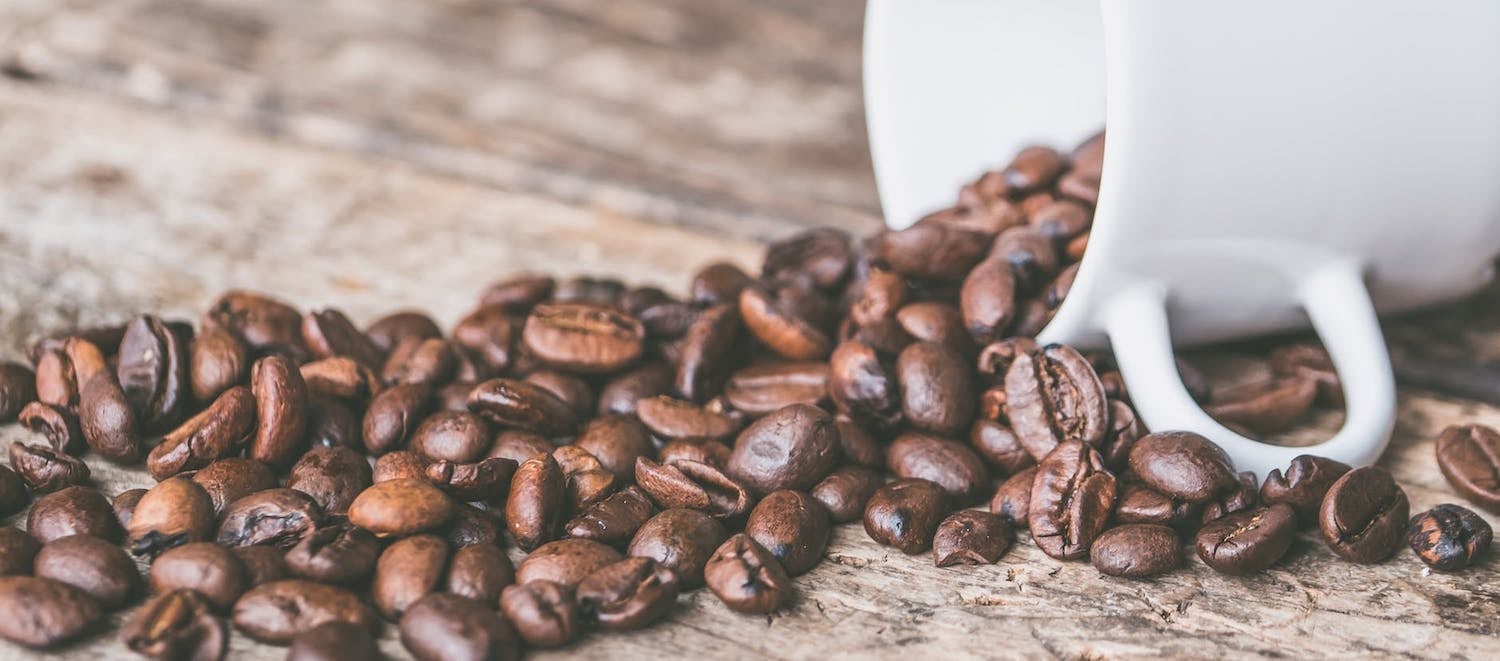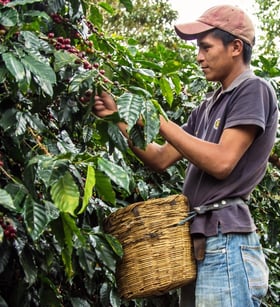
As of September 20 2018, the New York C price (the benchmark for the coffee industry) has fallen to $1 per pound, the lowest price in 12 years. This has been gradually slipping since late 2016, when it peaked at $1.80 per pound, meaning it has slipped by 44% in less than 2 years. This is in stark contrast to the popularity of speciality coffee on the consumer level, which has just continued to grow year on year, so what’s caused the price to drop so low, and what does it mean for the future of the market?
How has this happened?
There are a huge number of factors that determine the price paid for coffee beans, and every facet of the industry plays a part, but ultimately it’s down to simple supply and demand. Record harvests in countries like Brazil have driven a competitive need to sell enough to make a profit, thus giving the buyers more of an opportunity to drive down the prices. This can fluctuate constantly as the market is always changing, but the current state puts big brands and roasters in a great financial position, but may end up putting a big risk on the smaller, independent coffee farmers.
Effect on farmers 
Unfortunately, the dropping price could make it more difficult for farmers to turn a profit, particularly the specialist, high-end farms, who will naturally have slimmer margins already. For many countries coffee is the main export, and the farms producing the coffee are the only real job opportunity for people living in these communities. It’s vital for both the quality of life for the farmers, and also for the sustainability of the coffee industry, that the price does not drop down to the lows that were seen in previous market crashes, where it was hitting around $0.50 per pound. This could cause real shortages around the world, due to farmers giving up on coffee in favour of more profitable crops.
Impact on UK coffee market
While the lower price may help to boost profits for coffee roasters and chain stores, it’s unlikely to impact costs for the end user. The price of your morning latte can’t just go up and down according to the cost of the beans, both because it wouldn’t really make a great business model, and because the beans only represent 20% or so of the cost to produce a cup of coffee. Although this could help to encourage more new businesses in the coffee market, with competition helping to drive brands towards producing even better products and experiences for their customers.
Opportunities for new businesses
Now that the price for beans is lowered, but not yet at the point where it’s unstable, this could be the ideal time to introduce a new coffee menu to your business. Established businesses like restaurants and hotels could very easily add coffee to their existing business to drive additional revenue, and perhaps even bring in a completely new customer demographic. A high quality bean-to-cup machine such as the WMF 5000 S could be the perfect first step, producing 250 cups of coffee per hour with no need at all for a barista. Or if you’re looking for a more hand-made product, the WMF Espresso automatically grinds and tamps the espresso, allowing you to produce real artisan coffee more efficiently.
Download a brochure brochure to see the full range of WMF coffee machines and related products.

